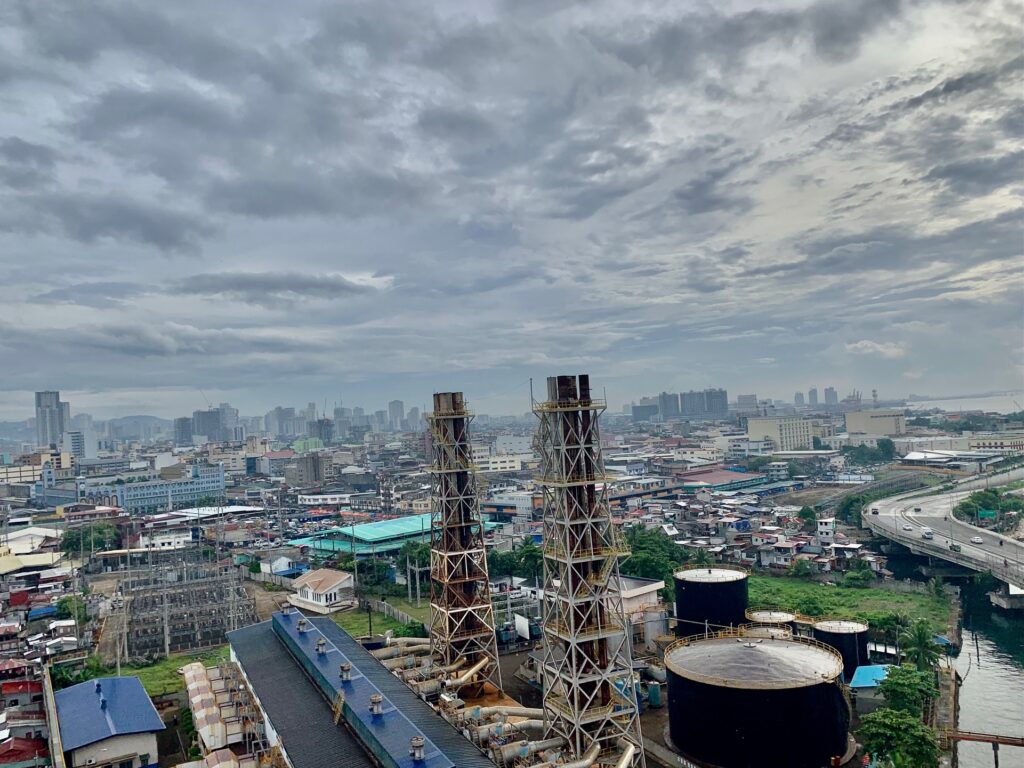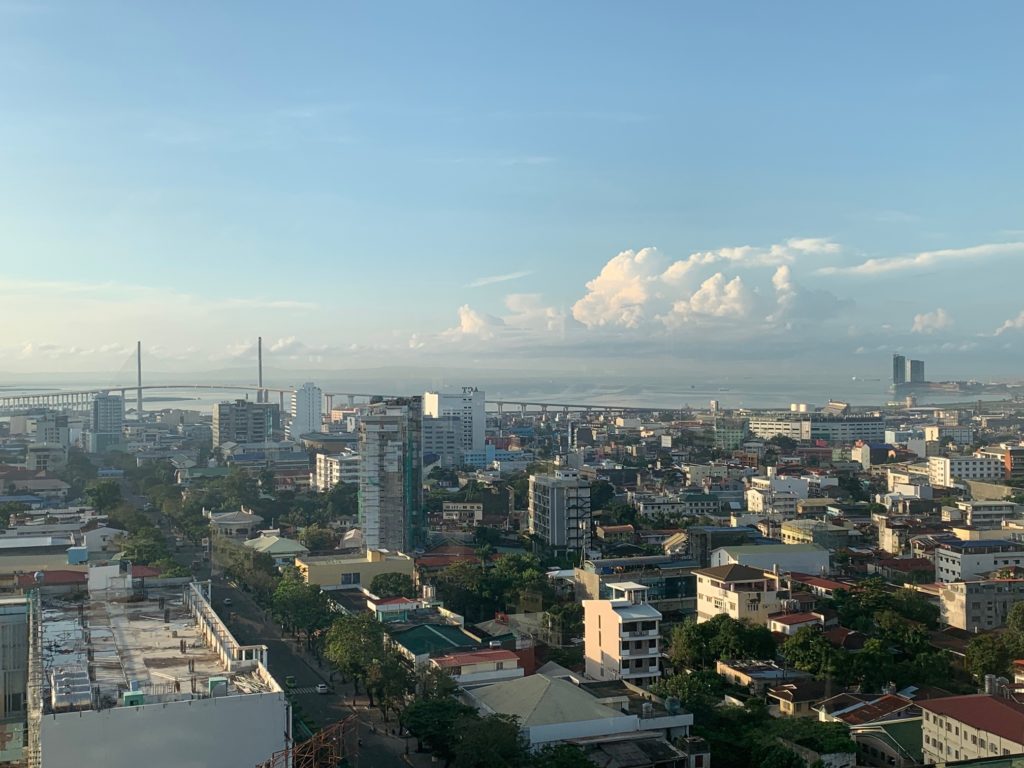
Aerial view of downtown Cebu City taken on July 9, 2023. CDN Digital photo | Brian J. Ochoa
CEBU CITY, Philippines – Cebu City bounced back in this year’s ranking of the Cities and Municipalities Competitive Index, and was even named the most improved among ‘highly urbanized cities’.
From last year’s 24th spot, the ‘Queen City of the South’ rose to the 13th in the index’s Highly Urbanized Cities (HUC) category, a development the city government welcomed and took pride of.
But what is the Cities and Municipalities Competitive Index? Why is it being conducted on a yearly basis and what does it mean for a community?
READ: Cebu City named most improved highly urbanized city
The Cities and Municipalities Competitive Index
The Cities and Municipalities Competitive Index, or CMCI, is often used to measure a local government’s performance. It is also used to identify areas in the public sector that need improvement.
Some consider the index to gauge a locality’s ‘business-friendly’ aspect. Others also use these data for research purposes.
The CMCI is developed by the National Competitiveness Council through the Regional Competitiveness Committees (RCCs) with the assistance of the United States Agency for International Development.
The index was first introduced in 2014. Back then, it was limited only to more than 6,000 cities and municipalities of the Philippines, including Cebu City.
The Department of Trade and Industry (DTI) spearheads the ranking of CMCI, which is done annually.
READ: What’s there to like about Cebu City? Read on!
Methodology
In coming up with the CMCI, experts have established five pillars. These are economic dynamism, government efficiency, infrastructure, innovation, and resiliency.
Each pillar represents 20 percent of the overall index value, and each of them has its own set of 10 sub-indicators.
The CMCI also employed a standardized computation in finding the scores. It followed the process of computing the components of the human development index (HDI) using its own standard formula.
The equation can be found on their official website.
Scores in each pillar are determined by the values of the actual data, as well as the completeness of the submitted data. The higher the score of an area, the more competitive it is.
ALSO READ: Cebu maintains ‘richest province’ title
Cebu City’s 2023 ranking
In the case of Cebu City, its 2023 ranking showed that it scored high in economic dynamism, placing 9th among HUCs.
On the other hand, it landed on the 33rd spot in terms of resiliency.
Meanwhile, the city ranked 14th and 17th in terms of government efficiency and infrastructure respectively.
READ MORE: Cebu named among best islands in the world for 2022
Cebu City’s ranking over the years
When the first CMCI results came out in 2014, Cebu City landed in the 7th spot after scoring 43.69. At that time, there were only three pillars – dynamism, government efficiency, and infrastructure.
The following year 2015, the city’s ranking peaked. It climbed to the 3rd spot after gaining a score of 51.19. But Cebu City slid down to the 6th spot the following year.
In 2017, the city was no longer part of the Top 10 Most Competitive HUCs. Data from the CMIC showed that Cebu City suffered a downward trend from 2018 to 2022.
Its lowest ranking was in 2022 when it fell to the 24th spot with a score of 36.6917.
ALSO READ: PH falls by four spots in global competitiveness ranking
What does ‘competitive’ mean?
Aside from providing insights into a local government’s performance, the CMCI was also created to further promote efficiency and economic growth.
The Philippines’ CMCI adopted the ‘competitive’ framework of American economist and academician Michael E. Porter.
Maria Fe Villamejor-Mendoza from the University of the Philippines National College of Public Administration and Governance, in her article commentary titled Competitive cities: implications for better public service, published on Routledge of the Taylor & Francis Group, elaborated Porter’s competitive philosophy.
Villamejor-Mendoza pointed out that competitiveness, in Porter’s definition, focused on productivity and location.
More specifically, how localities use limited resources in their territories to provide ‘an improved standard of living.’
“He explains location as a country’s underlying source of its resources and productivity as how the country uses these resources,” wrote Villamejor-Mendoza.
“Improving productivity allows firms, cities, municipalities, and countries to improve their standards of living and thereby give prosperity to its citizens,” she added.
Several global surveys and indices on competitiveness also use Porter’s framework on competitiveness.
However, Villamejor-Mendoza said that competitiveness should not be considered as a one-size-fits-all solution in addressing challenges and issues plaguing local governments.
“Other drivers for good public administration and governance such as cooperation, collaboration, co-creation, co-production and partnership with other local governments, have to be explored to explain how better public service and prosperity may happen,” she said.
